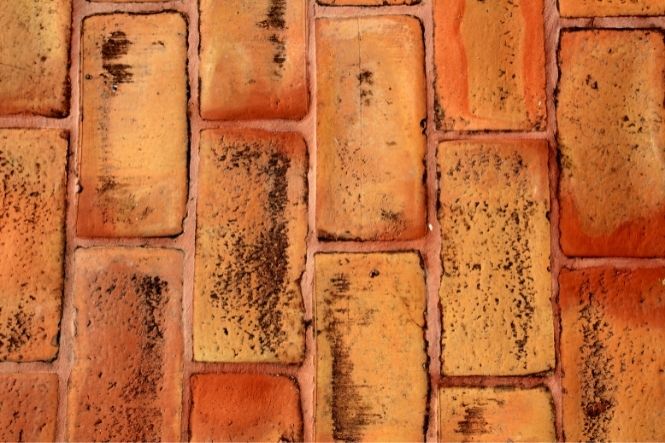Clay block pavements have been around for a very long time. In fact, some are still in use in the UK that were first laid over 400 years ago. They are used in driveways and pavements today and their installation is essentially the same as the cheaper Concrete Blocks that have taken over the bulk of the market since the 1980s.
Although these clay blocks are similar to house bricks, the two should not be confused. House bricks will disintegrate if used in paving, and they are not intended to deal with the constant soaking that a drive gets.
Comparison With Concrete Blocks
The key difference between clay and concrete blocks, apart from the cost, is the natural colour. Because it’s not a tint or dye, as with the concrete alternative, clay blocks remain largely the same colour as they wear, while concrete blocks will fade with time.
Clay is also more resistant to wear than concrete, so it makes a good choice if you want the best look over a significant length of time. But if you’re doing a renovation or property development project and are looking to take the maximum profit in the shortest time, then you are not likely to be wanting to put up with the higher cost of clay blocks.
Colours, Shapes and Sizes
Assuming you are after the long-lasting natural look of clay, there is a wide variety of block colours, shapes and sizes to choose from. The vast majority are brick shaped, but small squares known as Cobbles are often seen and it’s possible to get special sizes made up, too.
The colours are governed by the type of clay used and the way that the bricks are fired, but there are endless possibilities. Think about the different colours of house brick that you see around the country and that will give you an idea of the colour range for paving blocks. Red is popular but there are also blues, browns and paler yellow-brown blocks, and patterns are often made by mixing the bricks up.
If you do this (and, in fact, even if you don’t), it’s worth mixing bricks from different batches as you work to avoid slight differences in colours coming out as bands. This can sometimes happen if all the bricks from one batch are laid before moving on to the next batch.
Thickness and Chamfering
There are also two different thicknesses of clay block in common use, the thicker 6.5cm block used for heavily trafficked pavements and roads, and a thinner 5cm block that should be adequate for drives and paths around the home.
You can also use blocks with a chamfer on the edge, which makes them more resistant to the damage that can occur when blocks are compressed together under load. This can push the top edges of adjacent blocks together and they split under the strain, an effect that is known in the trade as ‘spalling’. Non-chamfered blocks tend to be used in areas where it’s more important to have a flat surface, such as shopping precincts.
The only downside of the chamfered blocks is that they tend to attract moss and other organic growth, so reasonably regular brushing is required. In fact, that is generally an issue with clay blocks, being natural they will attract more growth like algae (see our article Weeds, Moss And Algae On Paving). However, if you’re using clay blocks in the garden, this may be a plus, as it will help them blend into the area.

